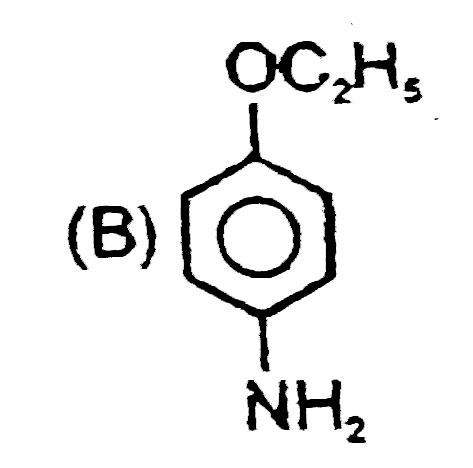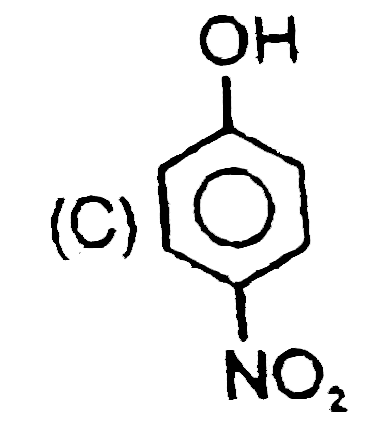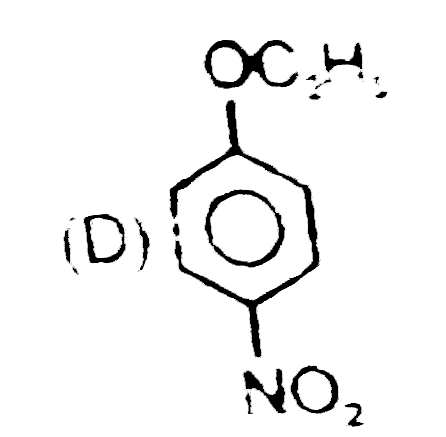NaOH+(solid)CO200∘C−−−→X, product X is :
NaHCO3
HCOONa
Na2CO3
H2CO3
To solve the question regarding the reaction of sodium hydroxide (NaOH) with carbon monoxide (CO) at elevated temperatures, we will follow these steps:
Step 1: Identify the Reactants
We have two reactants:
- Sodium hydroxide (NaOH) - a strong base
- Carbon monoxide (CO) - a colorless, odorless gas
Step 2: Understand the Reaction Conditions
The reaction is carried out at a temperature range of 120 to 200 degrees Celsius and requires a catalyst. The pressure is also mentioned to be under overpressure conditions.
Step 3: Analyze the Reaction
When sodium hydroxide reacts with carbon monoxide under these conditions, it leads to the formation of sodium formate. The reaction can be summarized as follows:
NaOH (s)+CO (g)→NaHCOO (s)
Here, sodium formate (NaHCOO) is formed, which consists of sodium (Na) and the formate ion (HCOO).
Step 4: Identify the Product
The product X formed from the reaction of sodium hydroxide and carbon monoxide is sodium formate (NaHCOO).
Conclusion
Thus, the product X is sodium formate (NaHCOO).
Final Answer
Product X is sodium formate (NaHCOO).
---
We have two reactants:
- Sodium hydroxide (NaOH) - a strong base
- Carbon monoxide (CO) - a colorless, odorless gas
The reaction is carried out at a temperature range of 120 to 200 degrees Celsius and requires a catalyst. The pressure is also mentioned to be under overpressure conditions.
When sodium hydroxide reacts with carbon monoxide under these conditions, it leads to the formation of sodium formate. The reaction can be summarized as follows:
The product X formed from the reaction of sodium hydroxide and carbon monoxide is sodium formate (NaHCOO).
Thus, the product X is sodium formate (NaHCOO).
Product X is sodium formate (NaHCOO).
Similar Questions
Knowledge Check
p-Nitro phenol(X)(C2H5)2SO4/NaOH−−−−−−−−−−−−−→(1)Sn/HCl−−−−→(2)(Y)NaNO3/HCl−−−−−−−→(3)C6H5OH−−−−→(4) product is :
A B
B C
C D
D
In the sequence of reaction: ϕ−OHNaOH−−−→A(i)CO2,415K−−−−−−−−→(ii)H3O+BAc2O−−→C The Product C is
ASalicyclic acidBSalicylaldehydeCSalolDAspirin2-Chloro-1-phenylbutane NaOH−−−→EtOHHg(Oac)2−−−−−−→NaBH4 product is
A_2019_CBT8_E01_028_O01.png) B
B_2019_CBT8_E01_028_O02.png) C
C_2019_CBT8_E01_028_O03.png) D
D_2019_CBT8_E01_028_O04.png)
Which of the following option is incorrect regarding following process :
M(impure)+CoΔ−−→Product(X)Δ−−→M(pure)+CO
View SolutionCHO| CHONaOH−−−→X
The product (X) will be
View SolutionPh2C∣OH−C∣OHH2H+−−→ Product 'X'<br>'X'willbe:
View SolutionFollowing equation illustrates
C6H5Cl+2NaOH200−250∘C−−−−−−→200atmC6H5Ona+H2O
View SolutionFollowing equation illustrates
C6H5Cl+2NaOH200−250∘C−−−−−−→200atmC6H5Ona+H2O
View Solution
